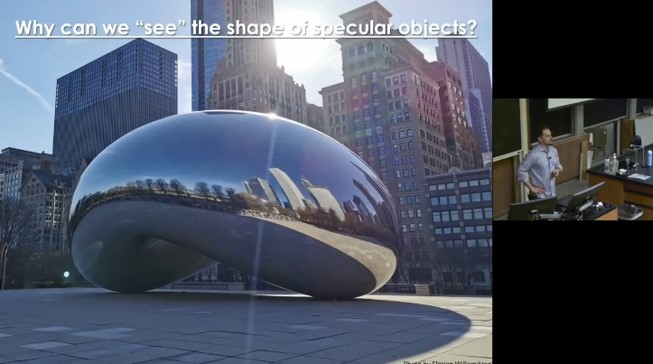Exploring and exploiting the physical- and information-limits for better Computational 3D Imaging
Computational 3D imaging and 3D display principles are ‘enabling technologies’ that have the potential to foster transformational technical changes in the next decades. The list of possible future applications scenarios is long. In midst of seemingly endless possibilities, however, the knowledge about fundamental physical and information-theoretical limits in imaging proves to be a powerful tool: By knowing that our imaging device already operates at the physical limit (e.g., of resolution), we can avoid unnecessary effort and investments in better hardware such as faster detectors, or cameras with higher pixel resolution. Moreover, limits often appear as uncertainty products, making it possible to optimize our system towards a specific quantity (e.g., speed) by trading in information less critical for the respective application. Although the imaging device is essential in this optimization, the central role is assumed by the illumination, which serves as encoder of the desired information.
This special information-driven way to think about computational imaging systems has a long tradition at the Erlangen Institute of Optics, Information and Photonics, and was decisively shaped by Prof. Willomitzer’s former PhD advisor Prof. Gerd Häusler. This research track is a continuation of this long standing tradition. Please also visit Gerd Häusler’s website for more information.
Related Talk Recordings

|
F. Willomitzer Utilizing Nature’s Limits for Better Computational 3D Imaging Center For Robotics and Biosystems Seminar, Northwestern University, USA, 2022 [Full Video] | 
|
F. Willomitzer
Fundamental Limits in Computational 3D Imaging – From Novel 3D Cameras to Looking around Corners
Beyond the Patterns Talk Series, University Erlangen-Nuremberg, Germany, 2021
[Full Video] |
Publications
Reflections about the holographic and non-holographic acquisition of surface topography: where are the limits?
G. Häusler, F. Willomitzer
Light: Advanced Manufacturing 3(25), 2022
Holographic Measurement of Surface Topography – Limits and New Options
G. Häusler, F. Willomitzer.
Proceedings of the 124th DGaO Conference, Berlin, B13, 2023
Synthetic Wavelength Holography: An Extension of Gabor’s Holographic Principle to Imaging with Scattered Wavefronts
F. Willomitzer, P. Rangarajan, F. Li, M. Balaji, M. Christensen, O. Cossairt.
arXiv Preprint, 2019
Single-Shot 3D Sensing Close to Physical Limits and Information Limits
F. Willomitzer.
Dissertation, University Erlangen-Nuremberg, Published as book in the series “Springer Theses” in 2019
Single-shot 3D motion picture camera with a dense point cloud
F. Willomitzer, G. Häusler.
Optics Express 25(19), 23451-23464, 2017
Synthetic Wavelength Imaging - Utilizing Spectral Correlations for High-Precision Time-of-Flight Sensing
F. Willomitzer
Book Chapter Preprint, 2022